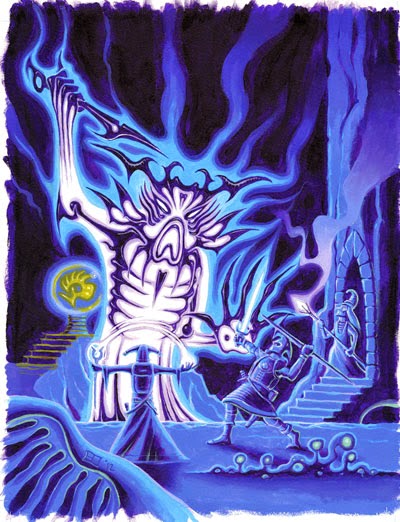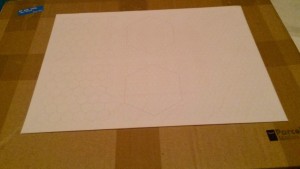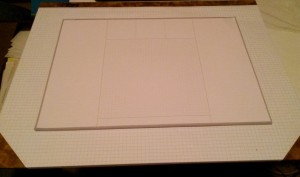L – Lost – How handle getting lost in a maze of twists and turns?
In a big city, it is easy to get lost in the narrow streets and alleys in the middle of the tall walls and buildings.
If there are no rangers or druids, then you need a means for tracking, getting lost in the city, and getting unlost.
In a living city, one can always ask for directions, and hope the one asked is honest and not looking for rubes.
In a collapsed city, who does one ask for directions, the horde of undead, the ogre under the bridge, the evil wizard in charge?
In a collapsed city, the streets may not be so narrow with buildings now leveled. Ruble would choke the streets, and in a thousand years, the accumulation of dust and debris would bury lower floors, if not whole buildings. Just look to archaeology in the Middle East. Or jungles would overgrow them like Mayan cities, or those in southeast Asia.
Finding a fallen city could be a chore in and of itself. If it is buried by accumulation of dirt, debris, and vegetation, the now buried city could be the dungeon. Perhaps it has been excavated in such a way that it is dungeon-like? Wide streets of mostly standing walls and buildings. Perhaps an excavation has found the palace that leads down to lower levels. Those who dare, or have the skill, can seek to dig tunnels to other buildings, or try their luck to sink test holes. In this way, an ancient city is exactly like a dungeon.
So finding a lost city requires luck, knowledge, and all the tropes of such an adventure. Getting lost in a buried city like this is the same as getting lost in a dungeon. Make a wrong turn, or a bad map, and then what does it take to get back?
For a living city, or a fallen one that is not yet buried by the accumulated debris of time, if there are no special markings, or no easy way to get one’s bearings with a landmark, getting lost is a real possibility. In a living city, one can always ask for directions, and pay the price, and/or take the consequences. But in a fallen city, the only ones to ask for directions might be the orcs who want to eat your head. Gary Gygax only details becoming lost in a wilderness setting in the Dungeon Master’s Guide, and OSRIC and other Retro-Clones do the same. Becoming lost in a city or dungeon is handled much the same way. Without a guide, a map, or other ways to mark one’s path, it could be easy to get lost.
Standard precautions, such as chalk, string, a trail of something, or mapping would be the best way to avoid becoming lost.
Getting lost in an ancient city would depend on several factors. If there is a big open area, like a boulevard, parade ground, or leveled buildings, it might be easy to pick a bearing and generally get where you want to go. However, towering city walls and tall buildings with narrow alleys could be dark on overcast days or in the early morning or late evening. Streets that all look alike with lots of twists and turns where it is easy to lose track of the number of streets and turns one took, especially when being chased.
One could use a similar formula for getting lost in the wilderness. If following a river or stream, or major road with a fairly straight course would make it hard to get lost. Get away from any form of guidance, and getting lost becomes a possibility. Once out of sight of such features, the number of turns taken, or twists and switchbacks in the road, and getting lost becomes more likely.
This is something that I would handle in game play with what makes the most sense at the time.
If someone did develop mechanic for this, it would need to be simple and consistent, and not slow down game play. I don’t think a mechanic is needed for this, as the characters are in a limited area. I would proceed as in a dungeon. You have an intersection, straight ahead, left, right, or back? What do you do? You can’t get a mechanic simpler than that.


















